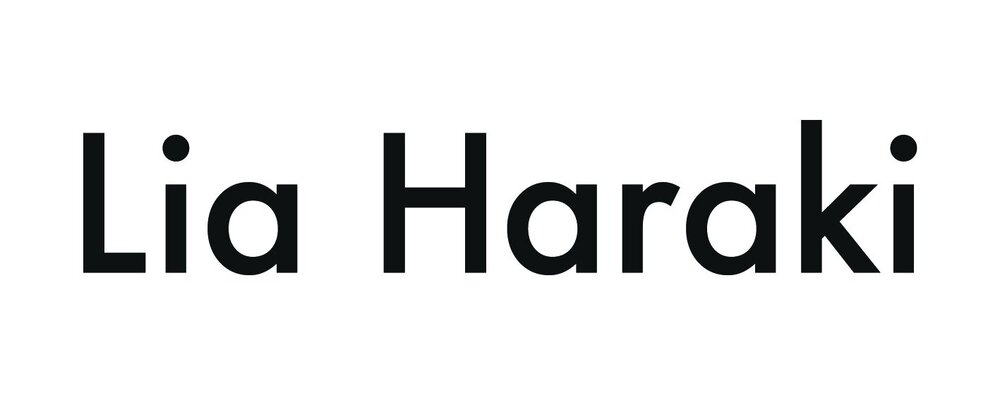Our common musical instrument is the heart
Choreographer Lia Haraki invested in the physical energy of the actors
Choreographer Lia Haraki describes to ‘Kathimerini’ her experience in Aeschylus' "Persians", directed by Aris Biniaris, which will be staged by THOC from July 13th. Lia Haraki starts our discussion, saying that the meeting with the director of the performance was very successful, since their research and interests in art converged. They communicated about how they both perceived things.
What made a special impression on Lia was the sound and rhythm that Aris Biniaris brings to the tragedy, two elements that he puts forward in the performance "Persians", but also in his works in general. Lia added her own research to these elements of the performance like repetition, physical vibration and flow of movement.
What exactly did she see in this particular work of Aeschylus and how did she finally approach it? "The approach to movement in this specific tragedy is about the energy of movement, not its form. What we called with the group of performs ‘movement states’." After discussing with the director, they decided to listen to their bodies and their kinesiological needs and eventually invested in them. "I listened to the organic movement of the actors' bodies when they were reciting or singing these texts, and I just underlined it. I didn't think there should be a choreography outside of the one that is organically existing in space and in the bodies when they vibrate to specific rhythms.
But what is the contribution of Lia Haraki to the "Persians" of Aris Biniaris, does she bring something new? "The work is both a sound and a physical piece from beginning to end, so my contribution was important" and stresses that the creative process was very interesting, with the director having been very supportive of the process of preparing the bodies on a daily basis, "we had to create that silence that would allow us to hear the real physical needs’.
The element that guided the warm up was our internal pulse and therefore the heart", to this vital organ of man the choreographer pays special attention "I believe that our great attention and engagement with the organ of the heart may create a bridge of coordination in the work from the hearts of the actors to the hearts of the audience and perhaps co-move them.
Dance, the art of being
In the part of the invocation in the work where there is a special ceremony where King Darius is called to ascend to the upper world, we looked at oriental rites from tribes such as the Sufis and zikr. These are references that I brought to the work from my own choreographic research, since in 2013 I created the work "Tune In" which, among other places, traveled to the Venice Biennale and the Athens Festival.
In the solo, the repetition of movement for 40 minutes brings ecstasy, that is, transformation through many energy changes. In the invocation of the Persians, Atossa (Karyophyllia Karabeti) stays on the spot and repeats head movements on one side and the other. So you can imagine the coordination of all the elements with each other.
Energy, movement, pulse and vibration are transfered to the viewer, says Lia Haraki through empathy which happens anyway in every live performance, when the work manages to captivate the viewer in the journey it proposes and adds: "The sound and physical universe we are proposing is certainly intense and there is a high probability of parallel vibration of the spectators' bodies who witness the vibration of the actors".
Movement is life that is transformed into dance and then into art. What is this art after all? "Life cannot exist without movement, so we are talking about the art of being."
A great lesson
Lia Haraki tells ‘Kathimerini’ that the experience of creating this show was a great lesson for many of the contributors and a key element was the exchange of information and energy between them. Director Aris Biniaris, with his knowledge of sound and his passion for a project he believes in, created a working situation that made everyone evolve. Lia Haraki describes Karyofyllia Karabeti as a "school", "she is simply a tireless and a devoted servant of theater".
Each contributor, adds Lia Haraki, had something to give and take from the creative process, until the final result came out: "The Men's chorus (χορός) was developing every day without compromises on energy and with an open mind and heart towards new paths. Antonis Myriagos with his very special performance, Nikos Psaras with his generosity in the knowledge of theater, Haris Charalambous with his consistency towards the role, a living example for all", but what did she gain from this whole process? "I learned a little bit more about the word care and support, and definitely something about how 15 men can work together."
Ideally, what would Lia Haraki like to happen after this performance? "I hope we will meet through this instrument that we all have and we all need to listen to. Our common musical instrument. In the scene of mourning we worked on what a wound to the heart can mean physically and how King Xerxes who finally comes to the scene has the energy of an open wound. In other words, existence that has dissolved and lost all kinds of pulse.
Apostolos Κouroupakis ‘Kathimerini’, July 22nd, 2017
